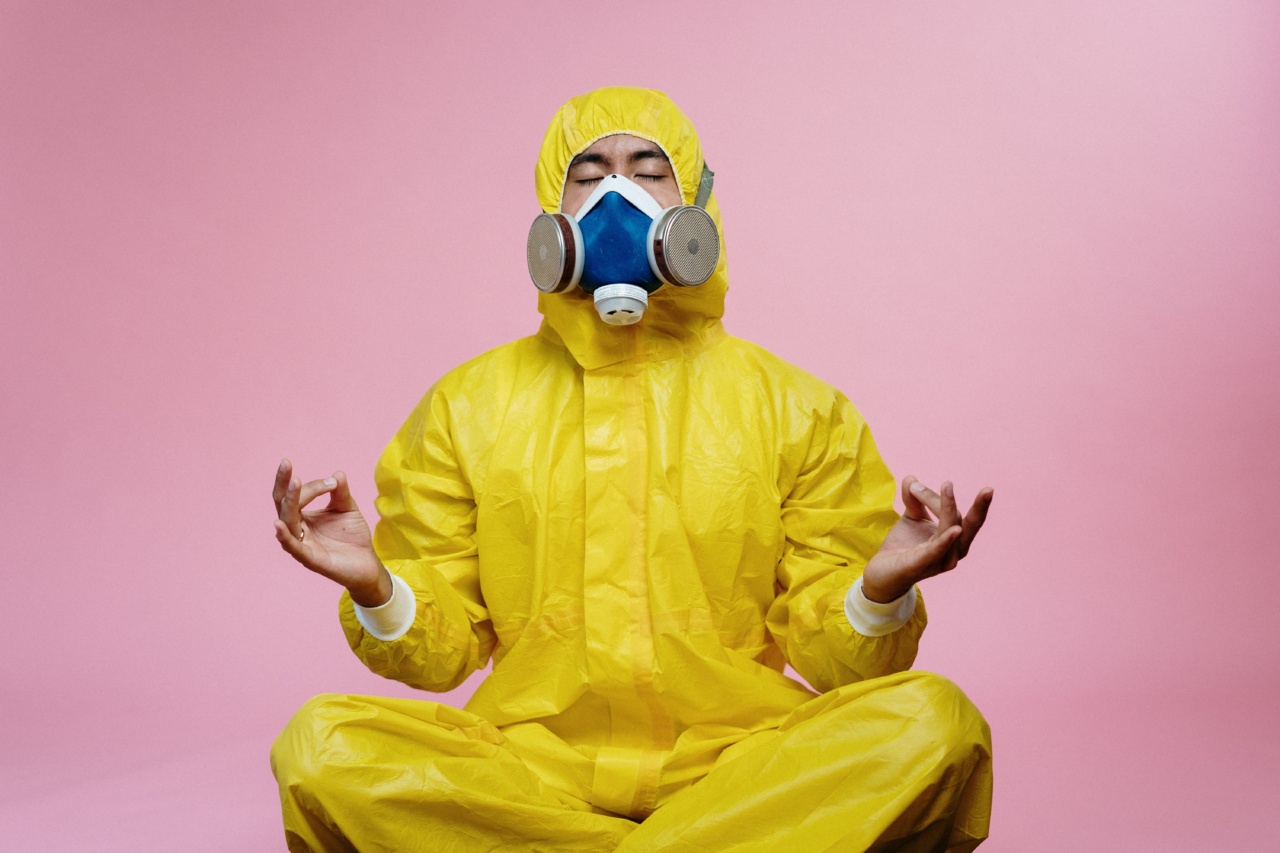Bleach is a commonly used household cleaning product that many people rely on to keep their homes clean and germ-free. It is a powerful disinfectant that helps eliminate bacteria, viruses, and fungi from surfaces.
However, when bleach is used inappropriately or in high concentrations, it can pose serious health risks, particularly when it is inhaled. In this article, we will explore the frequency and dangers associated with breathing in bleach.
The Composition of Bleach
Bleach is typically made up of sodium hypochlorite, a chemical compound that acts as the active ingredient responsible for its disinfecting properties.
When mixed with water, sodium hypochlorite releases chlorine gas, which is highly toxic when inhaled in concentrated amounts.
Common Uses of Bleach
Bleach is commonly used for a variety of purposes, including:.
- Disinfecting surfaces
- Whitening fabrics
- Removing stains
- Sanitizing water
- Eliminating mold and mildew
While bleach can be effective for these purposes, it is crucial to follow safety guidelines to prevent harmful exposure to its fumes.
Frequent Exposure to Bleach Fumes
Individuals such as janitors, housekeepers, and professional cleaners who frequently work with bleach in enclosed spaces are at an increased risk of inhaling its fumes.
The frequency of exposure plays a significant role in determining the potential dangers of breathing in bleach.
Prolonged or repeated exposure to bleach fumes can irritate the respiratory system and lead to various health issues, including:.
- Asthma exacerbations
- Chronic bronchitis
- Lung inflammation
- Upper respiratory tract infections
- Chemical pneumonia
Immediate Effects of Breathing in Bleach
If bleach fumes are inhaled in significant concentrations, immediate symptoms may manifest. These symptoms can include:.
- Coughing
- Wheezing
- Shortness of breath
- Chest pain
- Stinging or burning sensation in the nose, throat, or eyes
- Nausea or vomiting
Prolonged exposure or failure to address these immediate symptoms can lead to more severe complications.
Long-Term Effects of Breathing in Bleach
Repeated or long-term exposure to bleach fumes can have serious consequences for both the respiratory system and overall health. Some of the long-term effects of breathing in bleach include:.
- Increased risk of developing respiratory conditions such as asthma and chronic bronchitis
- Permanent lung damage
- Reduced lung function
- Compromised immune system
- Damage to the nasal passages and sinuses
- Increased susceptibility to respiratory infections
Preventing Exposure to Bleach Fumes
To minimize the risks associated with breathing in bleach, it is essential to follow these preventive measures:.
- Ensure proper ventilation by opening windows or using fans
- Use bleach in well-ventilated areas
- Avoid mixing bleach with other cleaning products, particularly those containing ammonia or acids
- Wear protective gear, such as gloves and masks, when handling bleach
- Read and follow the instructions provided by the manufacturer
By following these guidelines, individuals can reduce their chances of adverse health effects caused by inhalation of bleach fumes.
Treating Inhalation of Bleach Fumes
If someone accidentally inhales bleach fumes, it is important to take immediate action:.
- Move the affected person to an area with fresh air
- Help them breathe slowly and deeply
- Seek medical attention if symptoms worsen or persist
Medical professionals can provide appropriate treatment and advice depending on the severity of the exposure and symptoms.
Conclusion
Bleach is a powerful disinfectant that helps maintain cleanliness and hygiene in our surroundings. However, it is crucial to understand the risks associated with inhaling bleach fumes, especially when exposed frequently or in high concentrations.
By following safety guidelines, individuals can minimize the dangers and ensure a healthier environment for themselves and others.































